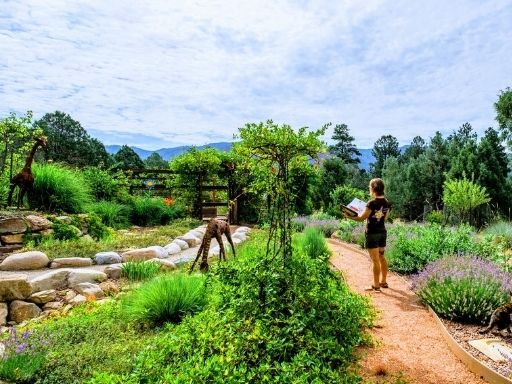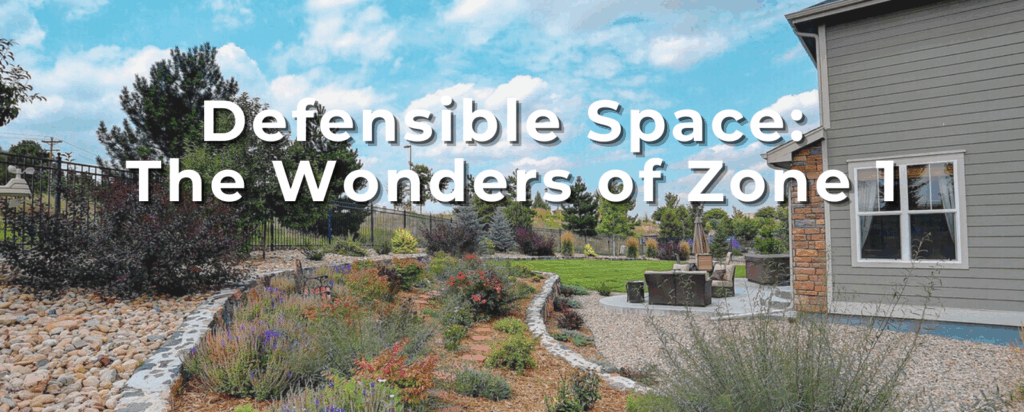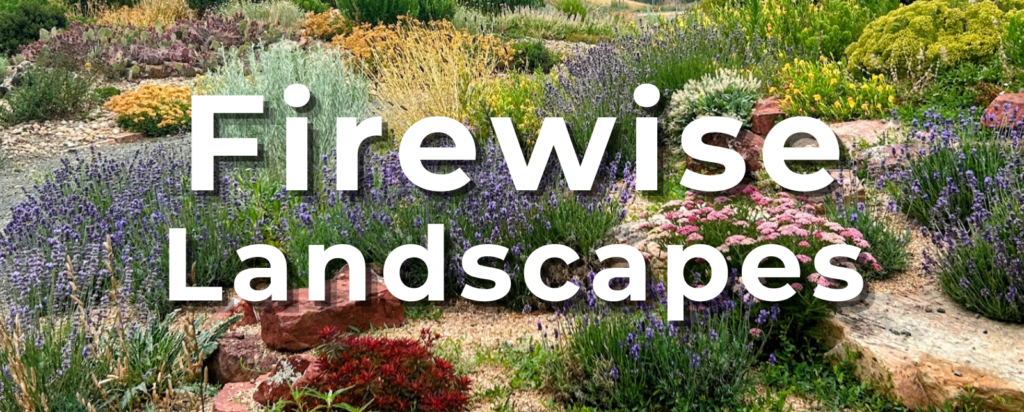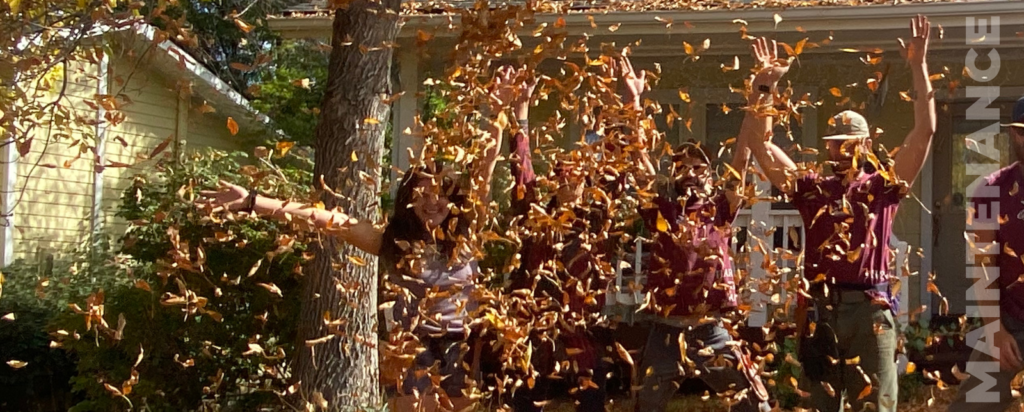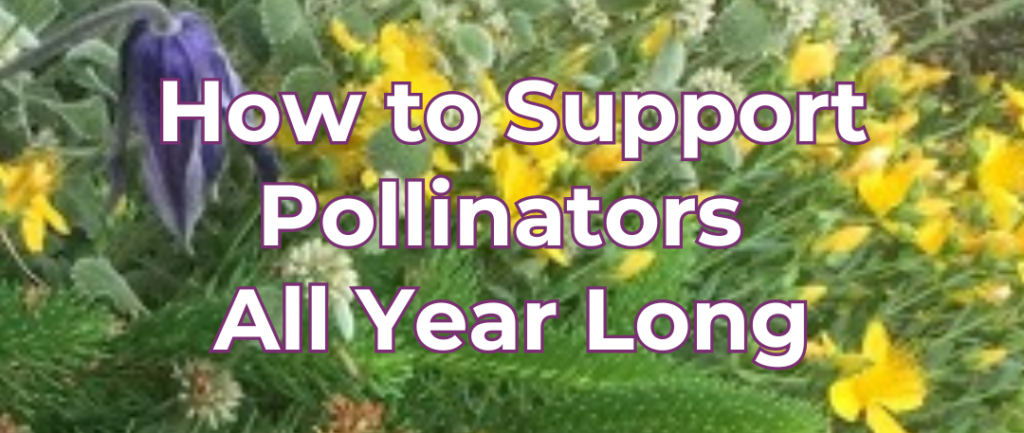Did you see this article in from 9 February 2022 about bill 1151 Tired of mowing your lawn? Colorado could pay you $2 a square foot to rip it out?
As of Earth Day 2022, this bill is still under consideration.
Here at Columbine, we think it’s a great idea to rip out water-thirsty lawns and even get paid for doing it! But how? And then what?
Methods of Lawn Removal: pros & cons:
- Lasagna method aka sheet mulching
- Pros
- Adds more organic matter than you started with
- Passive process once you’ve done the work of gathering the materials and stacking
- Can happen over the winter months to be ready for spring planting if all goes according to plan
- Cons
- Sometimes it doesn’t go according to plan and the result can be remaining weeds and a big mess of debris that hasn’t broken down in the allotted time frame
- Gathering the materials can be quite a process
- Pros
- Round Up
- Pros
- Can be one-and-done; one spray and the lawn is dead
- Is claimed to have a very short active life as a chemical
- Allows the organic matter of the dead lawn to remain on site which benefits the soil and saves the cost of manually hauling away heavy sod
- Can be applied by home owner
- Cons
- It’s a nasty chemical proven to be cancer-causing from a mega-corporation with a dubious track record
- Often two or more rounds are required to ensure the roots are truly dead, especially when starting with a healthy vibrant turf
- Must be applied carefully with certain moisture and lack of wind conditions
- Cannot be applied by just any professional; must be certified if you don’t want to do it yourself and it can get costly
- Pros
- Solarize
- Pros
- Passive process once you’ve purchased and laid out and staked down the clear plastic sheeting
- Maintains the organic matter from the dead turf on site
- Planting can occur right into the dead lawn, as if it weren’t even there
- Cons
- Employs plastic which is not good for the planet in manufacture or disposal
- May not be entirely effective in the time period allotted: 8 weeks during hot sunny weather is recommended
- Has been known to break down before the job is done, making for a difficult clean up job and bits of microplastic all over the place
- Unattractive during the 8-week process
- Pros
- Dig it out
- Pros
- Gets done quickly and usually thoroughly
- Can simply use a shovel or fork out the cash for a sod removing tool; there are manual and power varieties
- Cons
- Laborious
- Heavy to haul
- Disposal can be an issue since Durango or La Plata County lacks a public facility for composting biodegradables; paying the transfer station to send it to the landfill is an unsettling but realistic option
- Removes all that organic matter and topsoil from the landscape
- If you don’t want to do it yourself the whole process can be quite costly
- Pros
After the lawn is gone these guidelines will help you work with nature for a healthy, low-maintenance landscape.
Soil health
- Broad forking helps degraded soil to recover from depletion and compaction without sacrificing soil structure
- Compost and compost tea re-enlivens soil
Plan for Water
- Notice where water pools and the course it takes to get there
- Always make planting areas lower than paths, patios, and other hardscape in order to work with nature and make the greatest use of rain, our favorite free natural resource
- Rain not only brings crucial moisture but also dissolved nutrients that plants need for growth
- Planting in lower areas – natural or created – also helps to collect debris that blows in or rolls down hill and amends the soil with organic matter, naturally and passively
- Direct water from downspouts to your planting areas
Include lifestyle needs & direct your traffic
- Plan for all the elements desired: pathways, patios, outdoor kitchens, hot tub, fire pit, etc. and the flow you’d like to see to get between them.
Cover the ground
- Mulch helps prevent compaction, prevent weeds, moderate soil temperature year round, and maintain moisture
- Small bark mulch or angular (not round “pea”) gravels are best; warm tones of gravel look more natural and less industrial
Plan your plantings & then plant them
- Consider views you’d like to screen for privacy or frame to emphasize, and plan for plants that will be the right size at maturity: Right plants in the right place = less maintenance.
- Rather than selecting certain species of plants, start with the dimensions and features (like evergreen or deciduous) for a functional landscape.
- Consider your zone and microclimate accounting for slope, aspect, sun exposure, moisture, etc.to identify plants that will thrive in the habitat you can offer
- Select native and adapted plants that are low-maintenance with a long season of interest
Because removing lawn is the first step of the process and the related bill was the inspiration for this document, lawn removal is tackled more in depth here. The following steps have so many nuances and specifics dependent on site and residents’ preferences, that it had to be addressed generally. The hope is to get you on the right track and moving forward to a landscape that is pleasing to the senses, easy to care for, and nurturing to the ecosystem and all who depend on it. That includes you!
Our professionals at Columbine are here to help if you’d like support in any part of the process.
To the Glory of the Garden,
Eva, President of Columbine Landscapes

